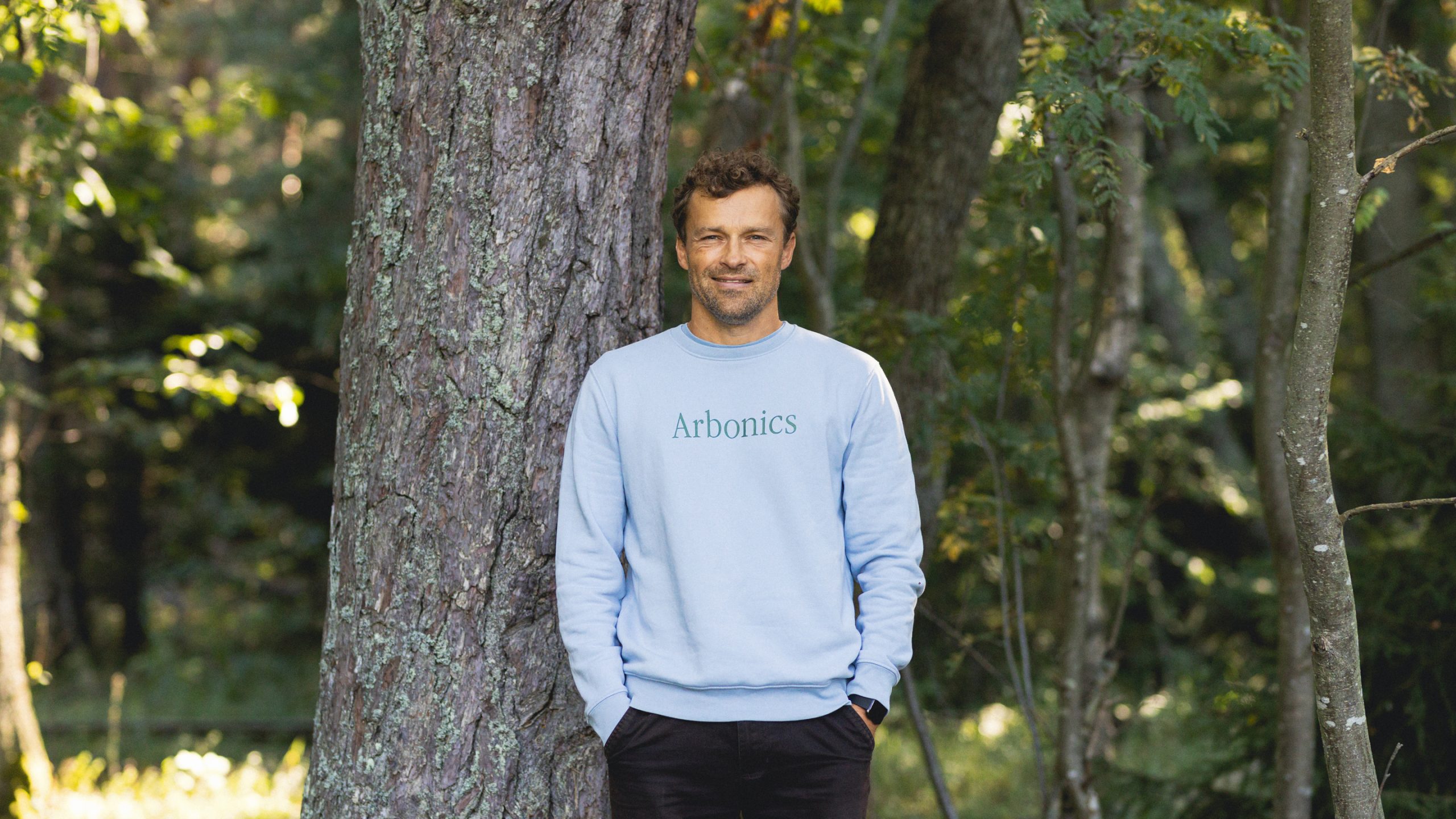How Arbonics is Revolutionizing Carbon Credits to Eliminate 1 Gigaton of CO2 from Our Atmosphere
Forests play a vital role in combating climate change by absorbing and storing vast amounts of CO2. However, the ongoing deforestation for timber not only diminishes this capability but also releases stored carbon back into the atmosphere. Recognizing this critical issue, Arbonics was established to provide landowners with an innovative solution to generate income from their forests through carbon credits.
Understanding Arbonics and Its Mission
Founded in 2022 by accomplished business leaders Kristjan Lepik and Lisett Luik, Arbonics is an ESG FinTech company that utilizes technology to foster innovation in forestry. Lepik’s passion for preserving nature was ignited after witnessing the devastating clear-cutting of a forest in Estonia. He questioned the financial rationale behind such actions, noting that cutting down trees was often the only income source for landowners, even in developed regions like Europe.
Lepik states, “When you look into it, cutting down forests is often the only way for landowners to earn from their land. Our mission is to transform that by creating a more sustainable model.”
Shaping the Future of Forestry
Arbonics aims not only to generate carbon credits but also to redefine how forests are valued. Currently operating across four European countries—Estonia, Finland, Lithuania, and Latvia—the company plans to expand into five new markets by 2025.
The Mechanism Behind Arbonics
Arbonics has set an ambitious goal: to remove one gigatonne of CO2 from the atmosphere. This initiative, backed by a team of 30, focuses on nature-based carbon removal (CDR) credits that are verified under Verra, the leading certification standard. These credits are then sold to businesses aiming to offset emissions.
- Support landowners in planting trees on unused land.
- Research indicates that 14 million hectares of abandoned land in Europe could contribute €2.2 billion to the economy through afforestation.
- Offer free assessments to landowners to determine suitable tree species and potential CO2 storage.
Once a project is agreed upon, Arbonics collaborates with Verra to assist in the afforestation process, allowing landowners to earn credits as their forests grow.
Financial Benefits of Carbon Credits
One of the key advantages of Arbonics’s approach is the speed at which landowners can begin to see financial returns. While traditional timber sales may take up to 70 years, forests can start generating revenue from CDR credits in just five years. Lepik explains, “An empty area doesn’t do much for the planet. But a forest benefits the environment for the next 50 to 70 years.”
Data-Driven Approach to Climate Solutions
Trust and accountability are foundational to Arbonics’s operations. The company employs advanced data models to monitor forest growth, utilizing information from landowners, satellites, and remote sensors. This meticulous approach allows Arbonics to confirm that its partners are on track to sequester over 600,000 tonnes of carbon.
“Our unit of measurement is a hexagon with 5m sides, and for each one, we analyze 50 data layers,” says Lepik. This detailed modeling provides buyers a transparent view of the forests’ conditions.
Collaboration Over AI
Highlighting the importance of human expertise, Lepik states, “I struggle to see AI as the solution to climate change. My confidence lies much more with data scientists.” Arbonics integrates insights from soil scientists, forestry experts, and data scientists to craft effective solutions.
Recently, Arbonics launched a new tool to assess the lifecycle of forests, addressing a data gap regarding natural forest death. By gathering information on all 1.7 million land parcels in Estonia, they have built a comprehensive dataset for forest research.
Conclusion: The Future of Forests
As Arbonics continues to expand its reach, Lepik emphasizes a universal truth: “I believe everyone understands that more forests are a good thing.” The initiative aims to foster sustainable forestry practices globally, ensuring that forests contribute positively to both the environment and local economies.
For more information about sustainable forestry practices and carbon credits, visit Arbonics.







